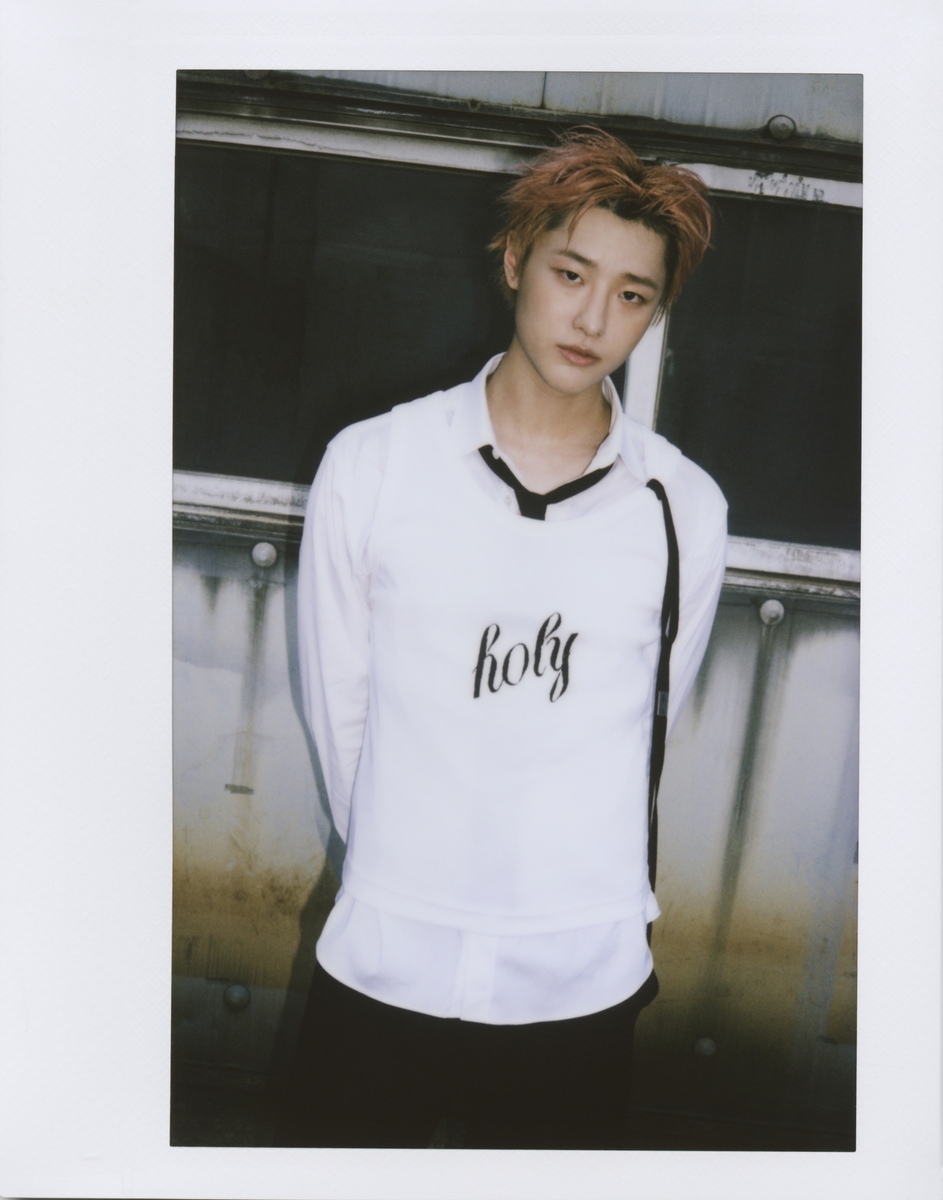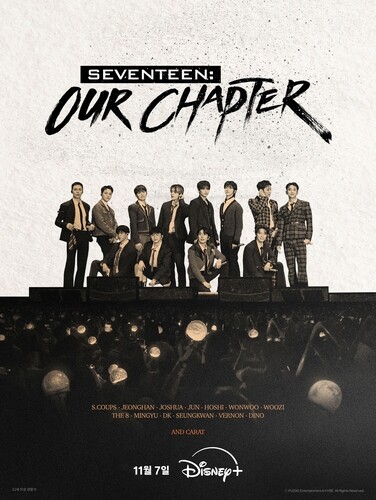 |
| ▲ This photo, provided by the Amorepacific museum and the National Gugak center, shows Iminjinyeondobyeong "Naejinyeon." (PHOTO NOT FOR SALE) (Yonhap) |
 |
| ▲ This photo, provided by the National Gugak Center, shows the scene from "Bongraeui." (PHOTO NOT FOR SALE) (Yonhap) |
 |
| ▲ This photo, provided by the National Gugak Center, shows artistic director Park Dong-woo who is in charge of "Iminjiyeon." (PHOTO NOT FOR SALE) (Yonhap) |
 |
| ▲ This photo, provided by the Institute for the Translation of Korean Classics and the National Gugak Center, shows Gwanmyeongjeon Naejinyeondo from Jinyeon Uigwe. (PHOTO NOT FOR SALE) (Yonhap) |
SEOUL, July 12 (Yonhap) -- The last royal feast of the Korean Empire is reborn as a performance for the first time in 120 years.
The National Gugak Center announced on Tuesday that it would recreate the 1902 "Iminjiyeon" and put it on the stage of Yeakdang, National Gugak Center from August 12 to 14.
Iminjinyeon, a royal feast held at Gwanmyeongjeon Hall in Deoksugung Palace on December 7 (November 8 in the lunar calendar) in 1902 (Imin year), the 40th anniversary of King Gojong's accession, means jinyeon (feast held by the palace) during the Imin year.
Iminjinyeon is the last royal banquet of the Joseon Dynasty and the Korean Empire. During the rapidly changing period, it established the majesty of the imperial family internationally. Internally, it has brought out the strict hierarchical order for its military, while externally it was a way to show off the "Korea Empire" through national rituals.
After refusing the request of the Crown Prince and the Munmubaekgwans (officials) to delay the jinyeon four times, Gojong, while citing the difficult circumstances both at home and abroad, instructed to proceed with minimum cost and people as much as it was hard times nationally and abroad.
At that time, Jinyeon was largely divided into "Weuijinyeon (External jinyeon)", where an official event was held with male subjects, and "Naejinyeon (Internal jinyeon)," which was a type of internal palace event with the Crown Prince, Crown Princess, servants and many more. This time, these events will be revived as a stage performance.
"Weuijinyeon is a ceremonial event in which the emperor and munmubaekgwans participate together while naejinyeon is more about celebrating with the whole royal family. Performance wise, naejinyeon was better," Kim Young-woon, director of the National Gugak Center, said at a production presentation held at Jeonggwanheon Pavilion in Deoksugung Palace on the same day.
Director Kim said that he prepared the performances to introduce the value and meaning of court art, centering on Iminjinyeon of the Korean Empire, which longed for an independent nation on Imin Year. "Palace Feasts was where all the sophisticated things in the field of ceremony, music and dance of that era were gathered."
Iminjinyeon, which was held all day on November 8 of the lunar calendar in 1902, was reduced to 90 minutes this time and is being reconstructed as a performance on stage.
The National Gugak Center is preparing for a performance based on historical heritage such as "Jinyeon Uigwe," a document that records the details of Iminjinyeon, and "Iminjinyeondobyeong," a painting on a folding screen.
The National Gugak Center's "Iminjinyeon" is formed according to the etiquette of offering the emperor a drink seven times.
The National Gugak Center dance troupe presents Bongraeui, Heonseondo, Monggeumcheok, Gainjeonmokdan, Hyangryeongmu, and Seonyurak as court dances while the National Gugak Center Jeongak troupe will play Haeryung, Bonryong, sSujecheon, and Heoncheonsu to pray for the emperor's longevity and peace.
Particularly, as much as this performance is presented as a performance in theater, the audience seats is planned to be set as the emperor's throne, allowing the audience to watch Jinyeon from the emperor's point of view.
Additionally, in order for the audience to focus on Iminjinyeon's music and dance, the complex and lengthy ceremonies along with the ceremonial rituals of offering food will be boldly omitted to present a different perspective as a performance art.
The directing and stage art is handled by Park Dong-woo, a professor at Hongik University's Graduate School of Performing Arts.
Director Park Dong-woo is a renowned stage artist who has directed domestic creative musicals including "Empress Myeongseong" and "Seopyeonje." Along with that, he was also the artistic director for the opening and closing ceremony of the 2018 Pyeongchang Olympics, and won the Lee Hae-rang Arts Theater Award.
"This performance is the first performance in 120 years, and although there may be creative elements added, the focus was on reproducing it," Director Park Dong-woo said. "While making sure to check the records in Imin Jinyeondobyeong and Jinyeon Uigwe, we are doing our best to faithfully reproduce it."
He was especially astonished with the detailed records.
"In 1904, when Deoksugung palace was burned down, all the instruments and costumes used for the royal banquet was also burned as Gwanmeyongjeon was burnt down. However, the Uigwe and swords were not burnt," director Park Dong-woo said. "Although I knew that the record of Joseon were well preserved, there were even details including the number, height and ingredient of rice cakes to be served in the Uigwe. Whatever the performance is, there could not be a more perfect record than Jinyeon Uigwe. It (record) is really that perfect."
"I send infinite respect to the painters and recorders of that time for allowing us to recreate the performance based on this," he added.
The National Gugak Center is planning to recreate Iminjinyeon in Deoksugung Palace, where it was originally held 120 years ago after consulting with the Cultural Heritage Administration Royal Palaces and Tombs Center after the performance at Yeakdang in August.
"Junmyeongdang was newly built on the site of Gwanmyeongjeon where (Iminjinyeon was held), and the main space where the event was held at that time remains as a lawn," Kim Young-woon, director of the National Gugak Center said. "It'll be valuable to recreate Iminjinyeon at the very same place."
(This article is translated from Korean to English by Haemin Kim.)
(END)
(C) Yonhap News Agency. All Rights Reserved











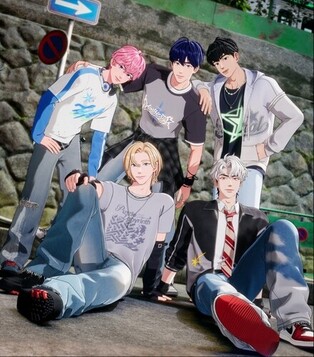
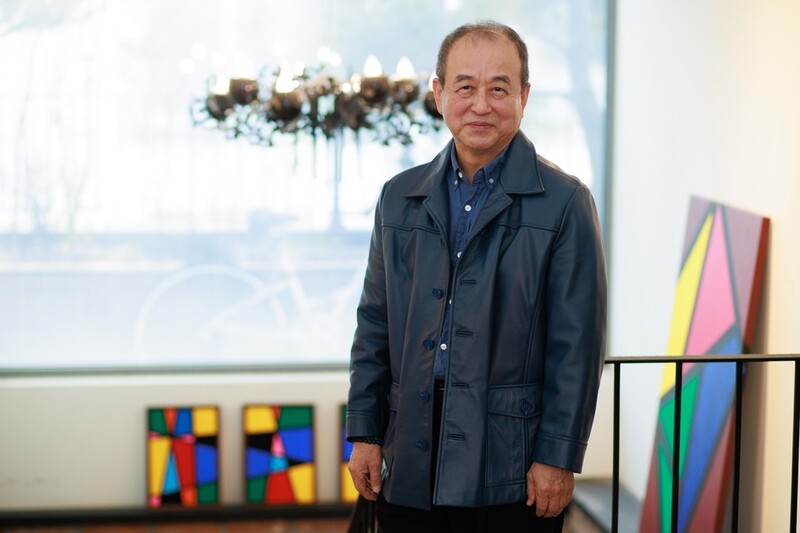
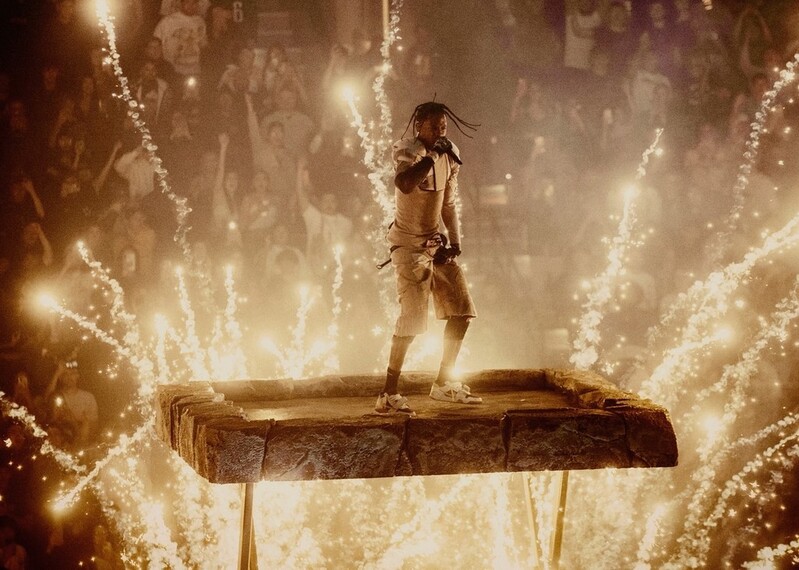
![[가요소식] 보이넥스트도어, 신보로 3연속 밀리언셀러 달성](https://korean-vibe.com/news/data/20251025/yna1065624915905018_166_thum.jpg)
